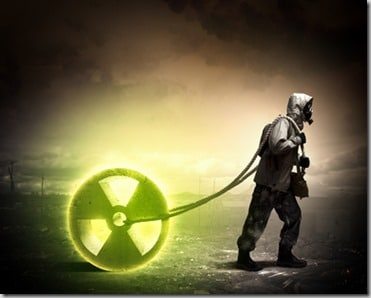The 5 Ways We Identify Hazards – Updated
 Hazards are objects and in themselves don’t harm anyone. An object only becomes a hazard when a human engages with it, until then it remains a potential hazard. One can focus as much on displacement of energies and damaging energies as one wants but unless there is some understanding about human judgment and decision making the object remains a neutral object until a human engages with it.
Hazards are objects and in themselves don’t harm anyone. An object only becomes a hazard when a human engages with it, until then it remains a potential hazard. One can focus as much on displacement of energies and damaging energies as one wants but unless there is some understanding about human judgment and decision making the object remains a neutral object until a human engages with it.
So, by what criteria and intelligence do we identify hazards?
The first way we identify hazards is by history. We gain information from past events and know what has harmed someone in the past and usually develop standards and regulations around such learnings. Unfortunately we often learn by trial and error.
The second way we learn to identify hazards is by standards, legislation and regulation however, these two are primarily historical in nature.
The third way we identify hazards is by some form of experience and/or training. Usually, we have either witnessed or experienced a near miss or injury and develop a feeling for the risk associated with engaging with a particular hazard eg. driving, speed, electricity, fuel.
The fourth way we identify hazards is through imagination, visualization and experimentation. Often with a new object, event or activity we simply do not know what hazards are associated with it or, can’t imagine the by-products associated with its activation. When this is the case the best we can do is drill back into our memory and try and associate similar hazards and risks through our imagination.
The fifth way we identify hazards is by understanding human judgment and decision making, this provides a basis with which to better imagine the ways humans will behave and make decisions in an activity or in engagement with an object.
The problem then exists with which form of identification we direct the most energy. Do we put enough energy into the fourth and fifth methods of hazard identification, I can’t see the evidence for this, if anything, we seem to continually emphasize methods 1, 2 and 3 and methods 4 and 5 seem to come a poor last.
Addendum:
Since this article was published, 9 years ago, Rob has produced this excellent short video (below) explaining hazard identification and risk management in the context of Workspace, Headspace and Groupspace. This video has been very very well received across the safety and risk industry.
Please take the time to watch this short video because it could be the best 11 minutes 20 seconds you have spent on safety and risk in a very long time!!!
More information on this concept here: https://safetyrisk.net/safety-engagement/



Do you have any thoughts? Please share them below